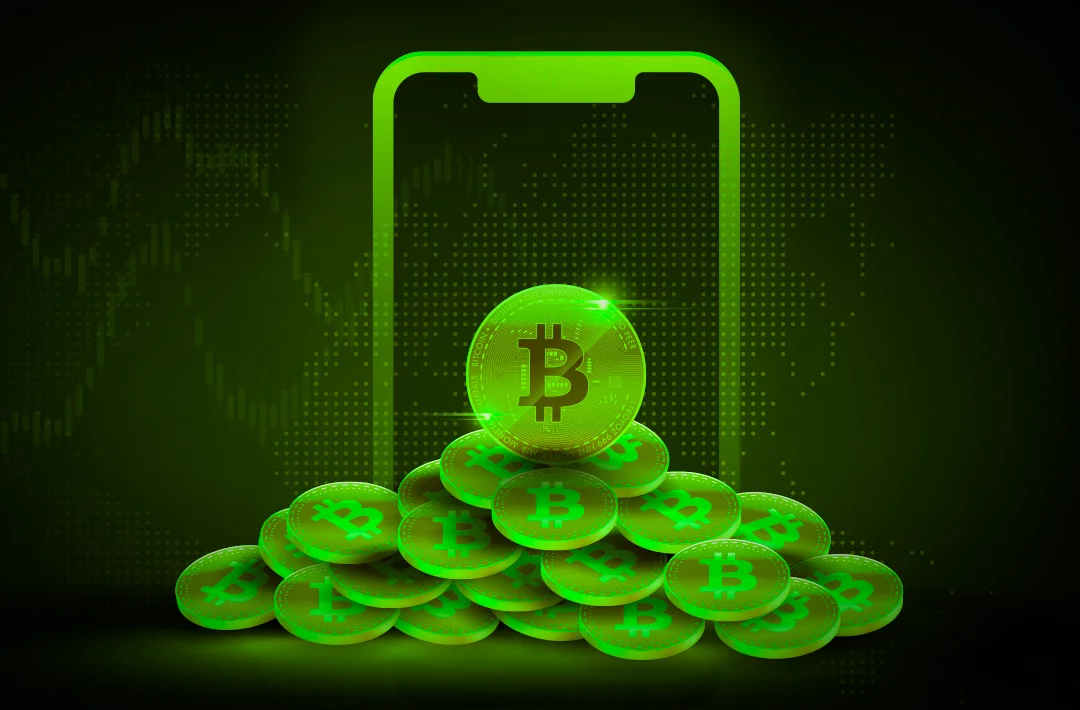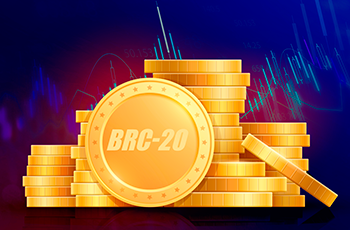Bitcoin protocol Runes for NFT creating brought $162 million in fees for 4 months
At the same time, the popularity of the project has decreased in the last two months

26.08.2024 - 14:10
177
3 min
0
What’s new? Runes, a protocol for creating non-fungible tokens (NTFs) on the blockchain of the first cryptocurrency has brought $162,4 million in fees for 15,6 million transactions since its launch in April. According to blockchain analytics platform Dune, the majority of transactions using Runes were recorded in the first two months, often exceeding 300 000 per day. On April 23 alone, investors made more than 1 million transactions, representing 81,3% of the total throughput on the BTC network.
What else is known? After the launch, the Runes protocol dominated in terms of the share of daily transactions on the bitcoin blockchain, but amid the restoration of BTC’s dominance, the figure is declining. Since July 16, bitcoin itself has consistently accounted for about 90% of network activity, while the remaining 10% is split between assets based on the Ordinals and Runes protocols, as well as BRC-20 standard tokens. With Runes, an average of only 50 000 transactions were conducted daily in the last two months.

Ordinals and Inscriptions: the fundamentals of BRC-20 tokens
We explain the distinctive features and ways of storing tokens and NFTs based on the blockchain of the first cryptocurrency
Of the 15,6 million transactions using Runes, the issuance of additional units of existing tokens accounted for over 9 million, while the transfer and issuance of new assets accounted for 6,5 million and 91 500, respectively.
The Runes protocol was introduced by developer Casey Rodarmor as a more efficient version of Ordinals and a competitor to BRC-20 from an anonymous creator under the nickname domo, and it was the one that many investors favored. Since April, Runes has outperformed BRC-20 tokens in terms of daily transactions almost all but 13 days (cumulatively).
Rodarmor said last week that Ordinals and Runes are successful because they are simple, unlike the Taproot Assets and RGB protocols. These are technologies that are effective for social networking, gambling and entertainment, the developer believes.
The team of the Staks Layer 2 (L2) network on the bitcoin blockchain is currently preparing to launch a trading solution for Runes, Ordinals and BRC-20, which could increase interest in such assets.
Useful material?
Trends
As of January 21, the capitalization of this sector of the crypto market exceeds $519 billion
Jan 21, 2025
Market
The platform generated $9,5 million in revenue during the same time
Jan 20, 2025
Market
Shares of the Trust are designed to track the market price of XRP with fewer fees and expenses
Jan 17, 2025
Market
The asset will allow USDT to move seamlessly between different blockchains
Jan 17, 2025
Market
Earlier, the community criticized the project for its lack of transparency, which led to a sharp drop in the HYPE token price
Jan 8, 2025
Market
Rising US Treasury bond yields are negatively affecting risk assets
Jan 8, 2025









 Telegram
Telegram  Twitter
Twitter